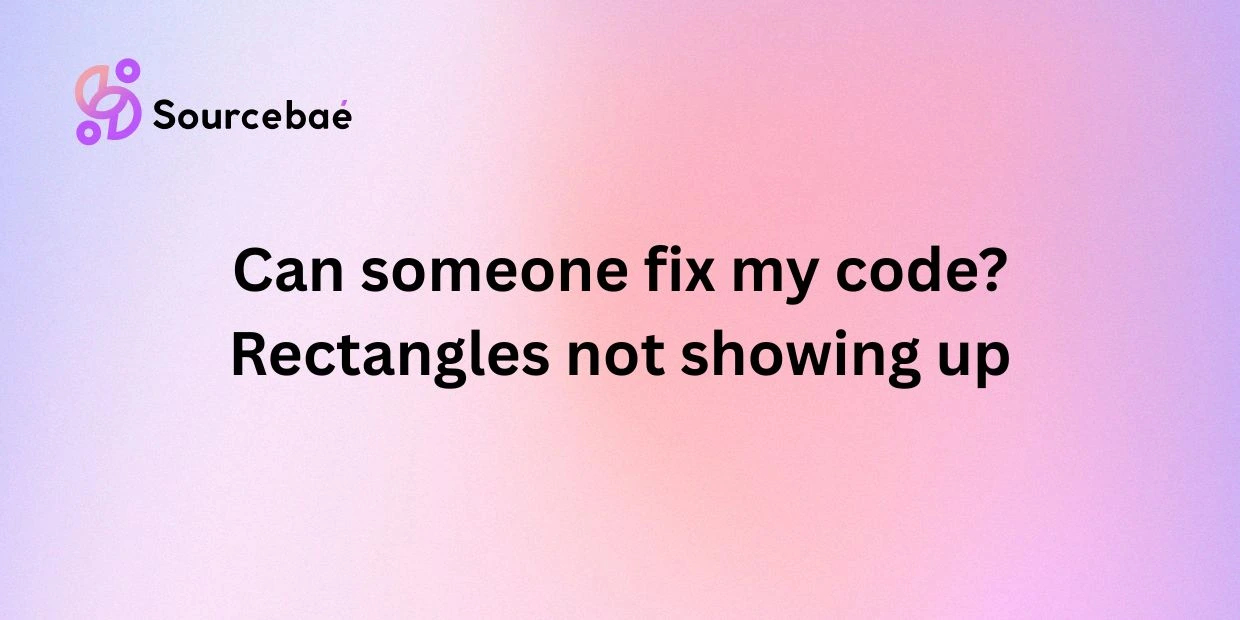React, the popular JavaScript library for building user interfaces, has revolutionized the way developers create web applications. However, encountering errors is a normal part of the development process.
One such error that React developers often face is the dreaded “Objects Are Not Valid as a React Child” error.
This error message can be puzzling, but fear not! In this article, we’ll dive into the details of this error, explore its causes, and provide you with actionable solutions to fix it. Let’s get started!
How To Fix the “Objects Are Not Valid as a React Child” Error
So, you’re working on your React project, and suddenly you encounter the “Objects Are Not Valid as a React Child” error. This error typically occurs when you’re attempting to render an object that React doesn’t know how to handle. Here’s a step-by-step guide to help you resolve this issue:
1. Understand the Error Message
Understanding the error message is the first step in solving the problem. React is letting you know that you’re trying to render an object that’s not compatible with its rendering process.
2. Check Your Render Method
Examine the component where the error originates. Look at the render method and review the code that’s responsible for rendering components. Make sure you’re not passing an object that React can’t render directly.
3. Inspect Nested Components
If the error persists, investigate your nested components. Sometimes, the problematic object might be coming from a child component. Check the props you’re passing to child components and ensure they’re valid React elements.
4. Review JSX Code
Review your JSX code for any instances where you might be trying to render a JavaScript object directly. React can’t render objects; it needs React elements.
5. Key Prop for Lists
If you’re rendering a list of elements, make sure each element has a unique key prop. This helps React efficiently update the UI and prevents the error.
6. Convert Objects to JSX
If you’re trying to render an object, consider converting it into JSX. Create a new React component that can render the object’s properties in a meaningful way.
7. Use Conditional Rendering
Employ conditional rendering to handle different types of data. This way, you can render specific components based on the type of object you’re dealing with.
8. Serialize Objects
If you’re dealing with complex objects that can’t be easily converted to JSX, consider serializing them into a format that React can handle, such as JSON.
9. Update React Libraries
Outdated React libraries can sometimes trigger unexpected errors. Ensure that you’re using the latest version of React and related libraries.
FAQs
How do I know which component is causing the error?
While the error message might not always provide specific component information, reviewing the stack trace can give you insights into the component hierarchy and help identify the source.
Can I render JavaScript objects directly in React?
No, React requires you to render valid React elements, which are JSX components. You can’t render plain JavaScript objects directly.
Why is the “key” prop important for lists?
The “key” prop helps React distinguish between different elements in a list. It aids in efficient updates and ensures proper component recycling.
What if I’m still encountering the error after trying these solutions?
If the error persists, double-check your code and consider seeking help from developer forums or communities. Sometimes, a fresh pair of eyes can spot the issue.
Is this error specific to React Native as well?
Yes, the error can occur in both React and React Native applications, as the underlying principles are the same.
Can I prevent this error proactively?
Writing clean, organized code and following React’s best practices can minimize the chances of encountering this error.
Conclusion
Facing the “Objects Are Not Valid as a React Child” error can be frustrating, but with the right strategies, you can overcome it.
By understanding the error message, reviewing your code, and implementing the solutions mentioned in this article, you’ll be well-equipped to tackle this challenge.
Remember, React development is a continuous learning process, and each error encountered is an opportunity to grow as a developer. Keep coding, keep learning, and keep building amazing applications!






